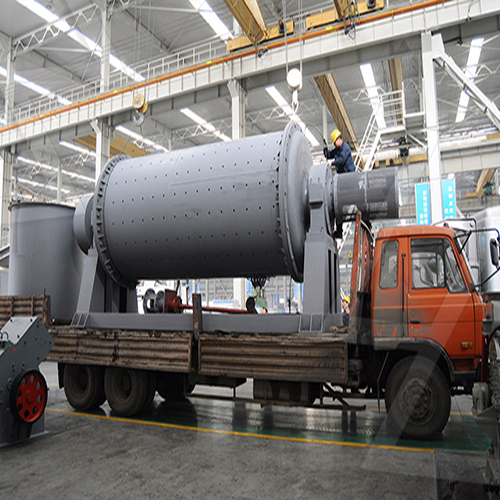Vibratory Screening: Overview and Applications
Vibratory screening (or vibratory sieving) is a mechanical process used to separate particles by size using vibration to facilitate the movement of materials through a screen or sieve. It is widely used in industries such as mining, food processing, pharmaceuticals, agriculture, and recycling.
Key Components of Vibratory Screens
1. Screen/Sieve Mesh:
– Made of wire cloth, polyurethane, or perforated plates with specific aperture sizes.
– Determines the particle size separation.
2. Vibration Mechanism:
– Electromagnetic vibrators (high-frequency, low amplitude).
– Eccentric weights/motors (circular or linear motion).
– Gyratory motion (for fine separations).
3. Frame & Springs:
– Supports the screen and isolates vibration from the structure.
4. Drive System:
– Electric motors or pneumatic systems generate vibrations.
Types of Vibratory Screens
1. Linear Vibrating Screens – Material moves in a straight line; ideal for high-capacity sorting.
2. Circular Vibrating Screens – Uses gyratory motion; common in aggregate and mining industries.
3. High-Frequency Screens – Fine particle separation (e.g., dewatering in mineral processing).
4. Trommel Screens – Rotating cylindrical screens for bulk material classification (e.g., waste recycling).
.jpg) Applications
Applications
– Mining & Aggregates: Sorting crushed rock, coal, ores.
– Food Industry: Grading grains, flour, sugar, spices.
– Pharmaceuticals: Powder sieving for uniform particle size.
– Recycling: Separating plastics, metals, and waste materials.
– Chemical Industr : Screening granules and powders for consistency.
: Screening granules and powders for consistency.
Advantages
– High efficiency in particle separation.
– Adjustable vibration intensity and screen angles for different materials.
– Low maintenance compared to other screening methods.
Common Challenges
– Screen blinding (clogging of mesh openings).
– Wear and tear of screens with abrasive materials.
– Noise and dust generation (requires enclosures or dust extraction).
Would you like details on specific vibratory screen models or troubleshooting tips?





Leave a Reply